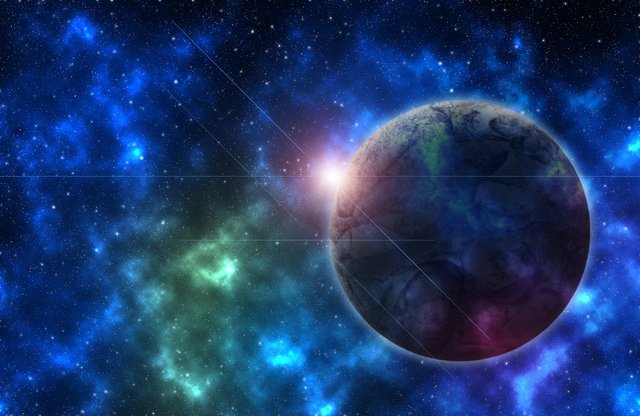Hubble Found Water In An Atmosphere of Another Planet
The Hubble Telescope discovered water vapor in the atmosphere of an exoplanet called K2-18b. Most interestingly, the planet exists in the Goldilocks Zone yet it isn't very similar to Earth.

- Be also sure to check out my other posts and follow me @kralizec and subscribe to my Youtube channel at Kralizec Gaming Youtube Channel
Astronomers detected water vapor in the atmosphere of a planet that orbits its star in the so-called Goldilocks Zone – this is where water can exist in a liquid form allowing potentially life as we know it to exist. The planet known as K2-18b was found by the Kepler telescope back in 2014. It orbits a red dwarf just 111 light-years away from us in the Leo constellation.
A year on K2-18b takes only 33 days, thus it is quite close to its star. But you need to remember that red dwarves are cold compared to our Sun and thus it receives a very similar amount of energy as we do from the Sun – 1440 W/m2 vs. 1370 W/m2). The only reason we were capable of detecting the planet is that it orbits around its star in a way that it crosses it from our point of view making it appear to dim slightly.
At the moment when the planet is crossing over the star, we can observe the spectrum of the star to get an “imprint” of its atmosphere. This sounds very simple but in reality, it's a very complicated process. With smaller planets, we need to observe dozens of their crossings over their stars to get enough data.
When it came to K2-18b, the device known as WFC3 onboard the Hubble Space Telescope looked at the crossing eight times between 2015 and 2017 and the infrared telescope Spitzer observed the crossing and additional three times. Based on the data astronomers detected water vapor in the planet's atmosphere. It even seems that in the middle of the atmosphere a full water cycle takes place. Water condenses into clouds which later rain down.
Now you might be thinking – awesome, we just found a planet we could settle one day! But you should hold your horses. K2-18b is very different from Earth. Its mass is 8-times larger and its diameter is 2.3-times that of Earth. While it isn't a gas giant it is not your typical rocky planet. It's something in between Earth and Neptune. The water and water vapor are part of an atmosphere rich with hydrogen and helium.
Sources:
- If you like the content I’m producing about science maybe you will like the content I produce about gaming as well! Be sure to check out my other posts!
This planet is also not that close... ;)
Haha, a good planet, but still too far away. I hope that I can travel on the moon before I die, just like going to the outdoors on weekends!
Nice one bro.
To listen to the audio version of this article click on the play image.

Brought to you by @tts. If you find it useful please consider upvoting this reply.
This post has been voted on by the SteemSTEM curation team and voting trail. It is elligible for support from @curie and @minnowbooster.
If you appreciate the work we are doing, then consider supporting our witness @stem.witness. Additional witness support to the curie witness would be appreciated as well.
For additional information please join us on the SteemSTEM discord and to get to know the rest of the community!
Please consider using the steemstem.io app and/or including @steemstem in the list of beneficiaries of this post. This could yield a stronger support from SteemSTEM.